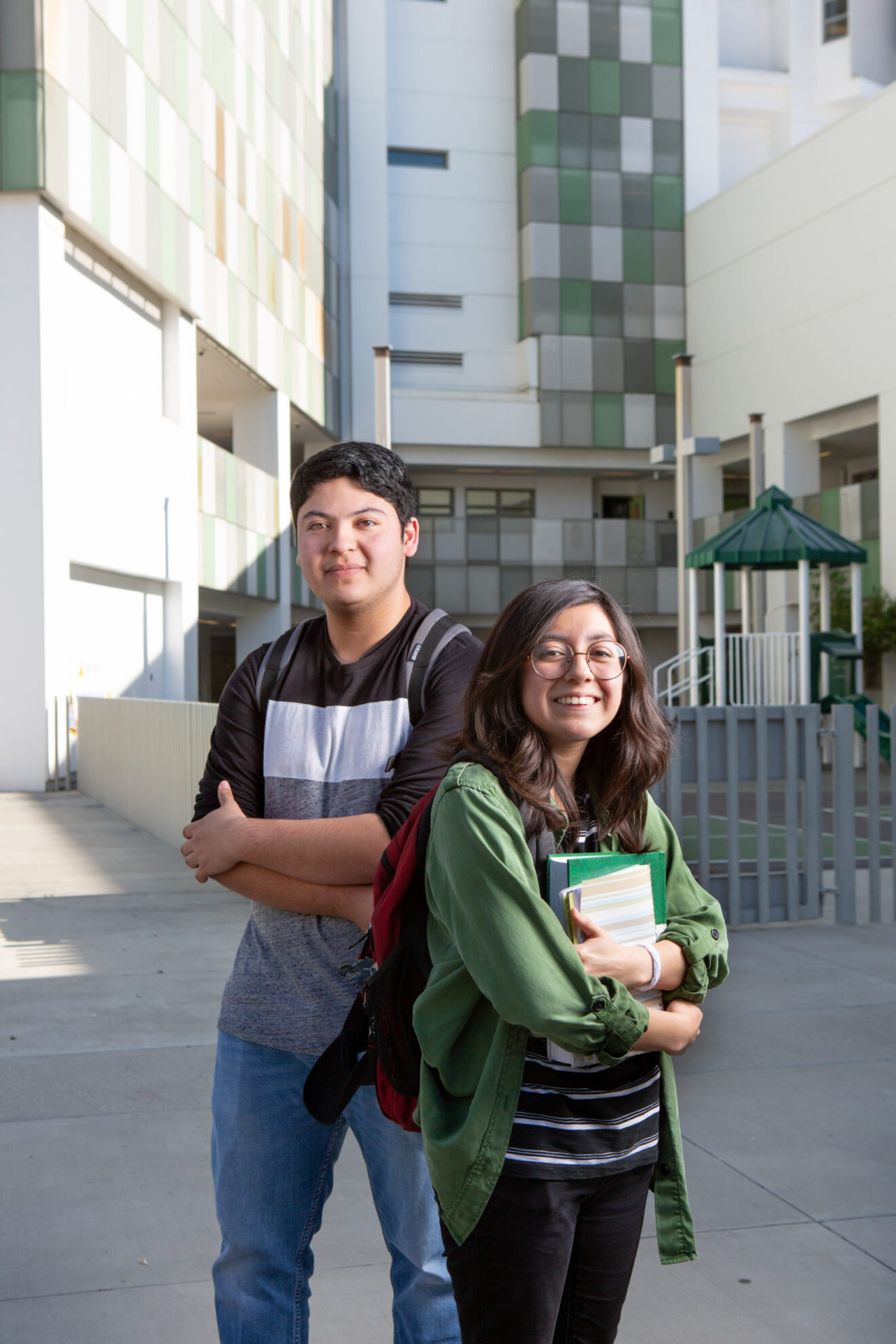In 26 years as a teacher, I’ve seen a lot of changes, some more effective than others. In all that time, my school’s switch to competency-based education has been my favorite change because it made my objectives clearer to me and more transparent to my students and their parents.

At Twinfield Union School in Vermont, we’ve always taught toward learning objectives, but since we adopted a CBE approach, those objectives have become so much more clear to students. They understand what they’re trying to learn, the skills they’re trying to develop and the steps they need to take to learn them.
It’s so much easier for them to take control of their own education and personalize it — or simply explore different ways of learning.
Clarity of purpose
One great benefit of CBE is the clarity of purposes it provides for teachers. I’m always experimenting with how to reach learning objectives and tinkering with the activities we do in class to improve engagement or more effectively address the goal, but it’s always perfectly clear what knowledge or skill my students are working toward.
CBE makes it so much easier to talk to students and their parents about their learning. Rather than explaining how I will average one group of assignments and deduct points for this missing assignment and then add some points back in because they did some extra credit, I can point to the student’s level of achievement on a specific skill or understanding of certain information. It’s so much more concrete and easy to understand for teachers, parents and students, while helping us all work toward a common goal.
Navigating the switch to competency-based education
I was incredibly fortunate to have worked with an educational consultant, brought in by my administration, who guided me and some of my colleagues through the switch to CBE. He helped me change the way I looked at teaching and learning. He introduced me to learning scales and helped me begin thinking about what learning looks like at different stages. I learned how to use positive, kid-friendly language. I began looking at my activities and assessments and asking myself, “What am I trying to get to with this? Does it do that? If not, how can I make it do that?”
We were fortunate to win a grant from the New England Secondary School Consortium League of Innovative Schools initiative. This helped guide our transformation. The professional development we participated in led us to explore different ways to assess student learning, which required a new way to document and report that learning. Ultimately, we chose Lift Learning, which supports CBE and highlights students’ mastery of skills by allowing students and teachers to measure evidence of learning whenever and wherever it takes place.
Engaging students when they’re ready
CBE eliminates much of the time pressure students feel around learning. Learning is not based on seat time. Students can learn material when they are ready to engage with it — even if it’s later than students typically learn that material.
One student, for example, was not ready to be a serious learner as a high-school freshman. He fell behind. But when he became a senior, he was able to go back and focus solely on the skills he’d missed instead of having to go back and repeat the entire year.
Giving students a say in how they learn
Creating and maintaining learner engagement is a continuous challenge in education. It’s really hard to teach a student who is bored when the subject matter holds no relevance to their life! CBE allows me to explain the skill we are focusing on and then gives them options to approach learning that skill in a way that appeals to them.
For instance, when I ask my students to go through the rising action of a story, they often start rolling their eyes and asking why they have to do it. But when I explain that they have to be able to cut out all the details to focus on the main points of the story so they can write a clear summary, they understand the purpose. Suddenly it doesn’t seem like busy work, and they dive in.
One of my classes reads a novel as part of a unit on identity, focusing on themes, textual evidence and characterization. Students can choose to write a paper or create a project to demonstrate their learning. Options give students different ways to show teachers what they know and can do.
When students understand that a task is part of a process and has relevance in their life, they are more willing to try it and are more eager to participate in their education. Giving them a choice in how they’ll accomplish something is always engaging for students, but so is simply explaining to them why you want them to do it. CBE allows me to do both.
I don’t think we should just give students free rein to only learn what they want. There are some things we need them to know and to be able to do when they graduate to be successful in college, their career and their lives. Academic standards and age-appropriate benchmark proficiencies exist for a reason. That said, giving students a say in what and how they learn is powerful. With a framework of objectives and a few ideas on how to individualize them, students can come up with creative personal learning experiences.
Offering any course of study students want
At Twinfield Union, we’ve even been able to use CBE to empower students to create their own courses. Our Renaissance Program is a personalized learning program that students can use to focus on a passion or interest.
They partner with a mentor from the community and a teacher within our school and develop their own plan and course of study. Their teacher is there to guide them and assess their work to ensure they are meeting standards. Sometimes students meet with their mentors during school hours, but often they meet during evenings and weekends.
Usually students use Renaissance to learn a particular set of skills. One student may spend a semester studying Italian cooking while another may do four years of intensive study of a language we don’t offer. We have even had students complete their entire high-school course load through Renaissance. Those students designed their whole high-school experience by deciding what they wanted to learn and figuring out how they would meet their graduation requirements in the course of that study. They then worked with a teacher and community mentors to make it happen, all on their own terms.
I believe that CBE is the best way to educate human beings. I just hope that more schools will come around and adopt CBE so that more students will be able to take control of their own learning.
Joanna Fowler is an English teacher at Twinfield Union School in Vermont, where they use the LiFT Learning platform. She can be reached at [email protected].
Opinions expressed by SmartBrief contributors are their own.
_________________________
Subscribe to SmartBrief’s FREE email ASCD newsletter to see the latest hot topics in education. It’s among SmartBrief’s more than 250 industry-focused newsletters.
